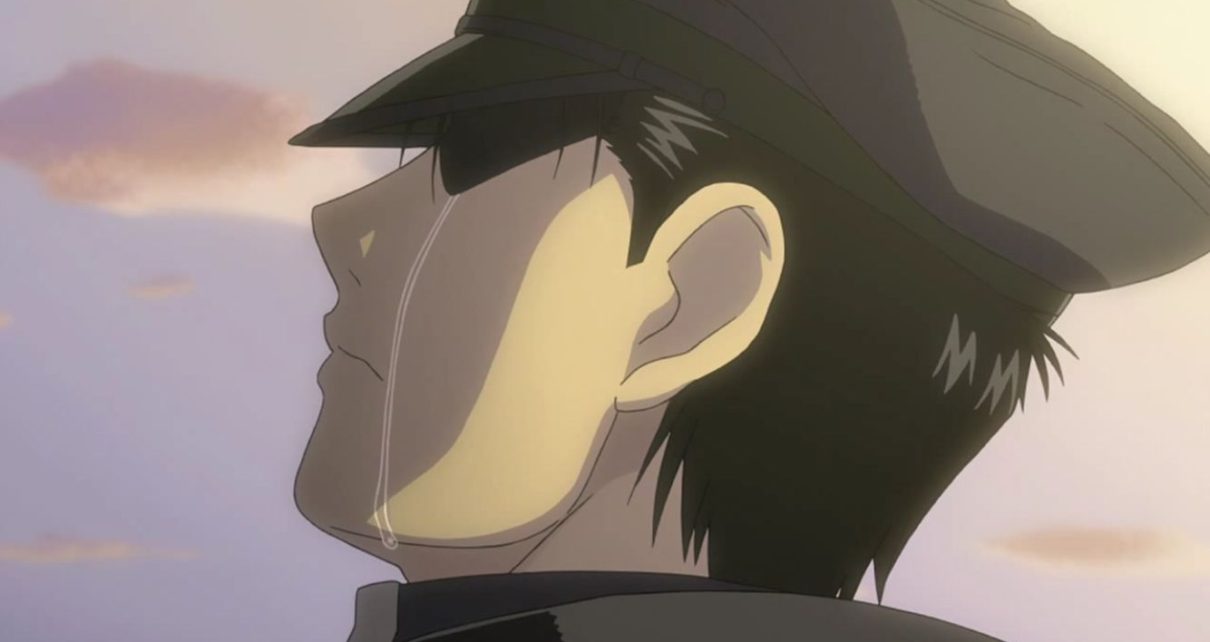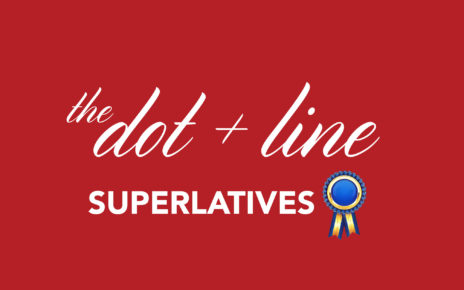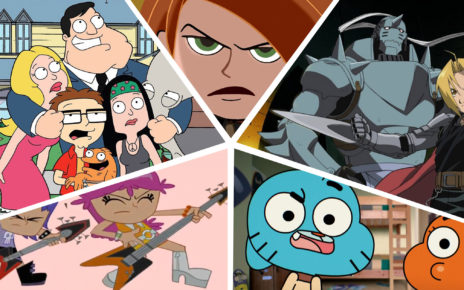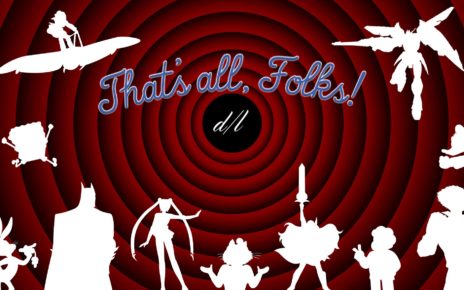“At the final moment, I cried. I always cry at endings.”
—Belle & Sebastian
I had trouble crying growing up. Good crying, I mean. I would cry for attention and to get my way, as children often do. I would cry out in pain if I physically injured myself. But I rarely cried about my emotions. It wasn’t because I was emotionally stymied or stunted by familial or cultural standards of masculinity. I was the eldest of three brothers and had more than my fair share of all-male pastimes, from Boy Scouts to men and boys choir, and I went to a repressively conservative all-boys Catholic high school, sure. But my father and adoptive mother kept a household in which having and sharing feelings was encouraged and, provided they were shared with kindness, rewarded. The problem wasn’t my environment. It was me. Or, more precisely, it was my trauma.
I watched my biological mother die of a heart attack when I was five and she was 34. It is my first memory, and it has overshadowed much of my life, and of my writing, ever since. I cried then, and the morning after, in grief. But I had a hell of a time crying to process my emotions or the events of my life for a long time after that. I couldn’t cry after personal failures or fights with my family or loneliness or loss. I couldn’t even cry about her. I remember, during silent prayer after communion one interminable Holy Thursday service in the choir loft of a Long Island cathedral, sucking the tips of my thumbs and jamming them into my eyes as I kneeled to try to force myself to cry about her. I couldn’t do it. Release escaped me.
Except in art. The only things I could cry over, it turns out, still number among the great loves of my life: books, music, and, above all, cartoons. It didn’t hurt that animation is absolutely lousy with parental loss. Dead moms in animation are like Chase banks in Manhattan—throw a rock and you’re likely to hit one and, shortly after, hear the wincingly satisfying sound of shattering glass. (Viewers at home: please do not throw rocks at your television sets. Go throw them at bank windows instead.) It wasn’t a conscious thing, believe it or not. But at some level, I must have realized that what was drawing me so viscerally to animation was the emotional relief it granted me.
The Lion King came out three months before my mother died. Every time I watched it afterward, I sobbed. Episodes of Batman: The Animated Series in which Bruce Wayne visits his parents’ graves? They made a mess of me. The Rugrats episodes featuring Chuckie missing his mom and Chas tearily trying to explain it to him? Waterworks, obviously. The Land Before Time? Forget it—everybody cries at that goddamn movie. This wasn’t unique to middle childhood either. As a teenager, I discovered that I was every bit as skilled at crying about anime as I was about Littlefoot’s mom or Mufasa. In fact, my reflexive weeping each time I watched the ending of Cowboy Bebop left such an impression that it led to the first viral piece, and personal essay, of my career.
Which brings us to the Dot and Line, the little website I co-founded with one of my oldest and dearest friends before the White House had become a reality show, and which has been the apple of my editorial eye for the past four years. When my high school classmate and fellow ink-stained wretch Eric Vilas-Boas and I sat ourselves and our laptops down on a damp, pollen-covered bench in the backyard of Washington Commons in Prospect Heights, Brooklyn, one warm late fall day in 2015, we didn’t know what we were getting ourselves into. We had just put to bed the lingering resentments surrounding a prior passion project that had imploded late that summer. The only thing we knew was that we wanted to do journalism together again and that, in spite of prior travails, we were good at it.
That we landed on covering cartoons was maybe inevitable. We both have pretty diverse interests, but our shared passion for animation was nearly boundless, as was our frustration that the media landscape of 2016 so rarely paid it robust attention. (That landscape has grown a bit richer with cartoon coverage, if poorer overall.) Plus it gave us two reckless night owls an excuse to hang out until 3:00 a.m. at the apartment in Bedford-Stuyvesant, Brooklyn, I shared with my romantic partner at the time (of Ask Scratchy column fame) eating noodles, getting lit, watching cartoons, and chasing down stories about them. Many bloggers will say their earliest days were the headiest, and we certainly had our loopy fun—how many other websites besides maybe the Awl (which we always kinda hoped would discover and offer to buy us, if Gawker Media, may it rest in peace, didn’t beat them to it) would publish a news-breaking profile of one of the great American voice directors running thousands of words long and a fictional conversation between a stoned Shaggy and Scooby reviewing an old episode of Scooby Doo, Where Are You? written at three in the morning after 4/20?
But we didn’t want to be just a blog about cartoons. We wanted to be the best publication on cartoons and animation in the universe. Were we? We had our moments! I’m not sure a fly-by-night website run out of a series of Bed-Stuy apartments could also be the best publication on cartoons and animation in the universe. But we came as close as such an operation could, I think. That’s thanks to a passel of passionate generous contributors and collaborators willing to take big swings, and to bring their own generous, intelligent analysis to an art form so often written off and yet so capacious in its possibilities. I think especially of my former boss, Alex Costello, my former schoolmates, Maya Gittelman and Wyatt Erchak, and my former partner, Amelia Kidd, here.
I think also, of course, of those who joined our masthead: the doggedly passionate Elly Belle, the tenderly constant Marley Crusch, and the warmly witty Sammy Nickalls, who joined us over the course of 2017 and 2018, and to whom Eric and I owe a debt we’ll likely never repay. For Avatar: The Last Airbender fans out there, there may be some interest in the elemental spread here, so let me indulge a bit here: this was an intellectual enterprise fascinatingly bereft of airbenders, with Marley and Eric stolidly serving the Earth Kingdom, Sammy and Elly ablaze with Fire Nation fervor, and I the sole waterbender of our wonderful little found family. A waterbender, irony of ironies, who grew up unable to cry! But overflowing with heartfelt intensity nonetheless.
Which brings us back—we waterbenders are all about ebb and flow—to personal essays. When I wrote my first, for the Dot and Line, about my mom’s death, Eric was more than supportive: he was proud. After the second, he became wary. Part of that came from his awareness that the zenith of influence of the internet personal essay was well behind us, and he didn’t think it was the most productive way for me to spend my time. The other part, I think, was out of protectiveness. He didn’t want me to give in to the spontaneous overflow of powerful feelings so fully that they would unmoor me. He didn’t want me to give out so much of myself to the internet on a silver platter, offering my trauma to the web as if to the winds. And he didn’t want me to write so much about my pain in so short a time that I would burn out and give up the practice for good before I had processed what I needed to and written exactly what I had to write how I had to write it. He didn’t want me, in other words, to give the Dot and Line everything.
Thanks to him, I haven’t. I gave it a whole hell of a lot, as did he, and as did so many other wonderful people to whom he and I and this site will forever be indebted. I will love the Dot and Line forever and mourn it half as long. I only wrote a couple more personal essays for the site after that. I knew they wouldn’t be the only ones I’d write. I also knew he was right to advise I wait on writing more.
I’ll mourn the loss of the site, but what I won’t mourn is what I built with Eric: an overwhelmingly exhilarating, occasionally infuriating, and always beautiful editorial partnership I’d be lucky to replicate a quarter of in any other context. To know you have a friend for life is a wonderful thing. To know you have a friend and partner for life, even once your projects have ended, is another thing entire. It’s a reminder, for someone conditioned by experience to be terrified of endings, to believe that some things really do last forever, even after the curtain falls. Maybe especially after. Maybe the lingering after the curtain call was the whole point.
Today, I’m a much healthier cryer. It’s a recent trait, built up over the past decade or so, and my first tries at it weren’t pretty. (Sorry, Mom.) But I’ve come a long way. I cry at breakups and funerals, and even sometimes when I’m overwhelmed by anxiety or depression or fear and simply need to twist an emotional release valve. And yes, I still cry at cartoons, from Whisper of the Heart and Your Name. to Steven Universe and the paradigm-breaking finale of The Midnight Gospel. I’ll cry for the Dot and Line, too. I already have, a little. If I have any proof of my growth over the past four years, it’s this: I always cry at endings, whether they’re animated or not.
Thanks for reading, now and always. Adieu.

Thanks for reading The Dot and Line, where we’ve written about animation of all kinds for more than four years. We’ll miss you! If you’ll miss us too, show us some love on Twitter and show our writers the money on GoFundMe. Read our goodbyes here: That’s All, Folks!





